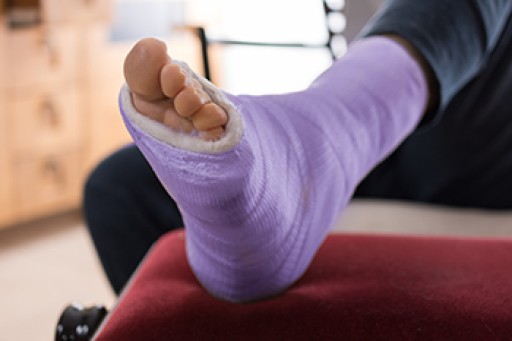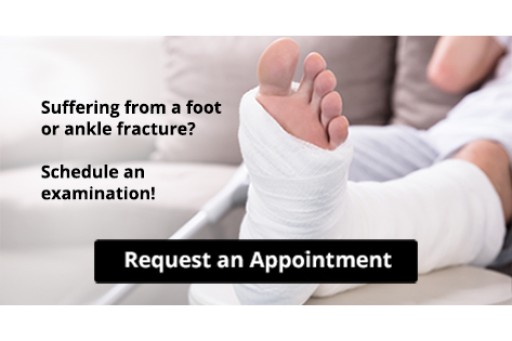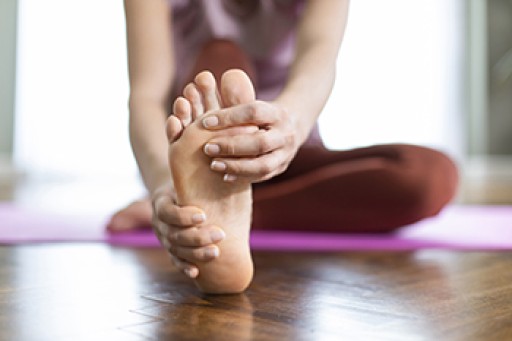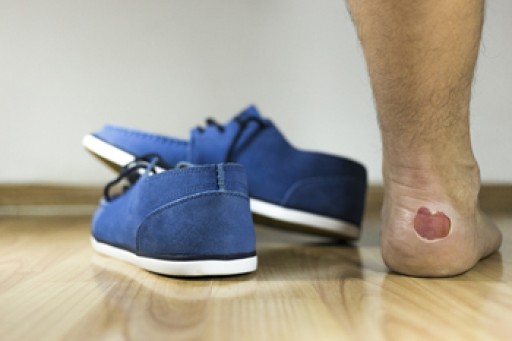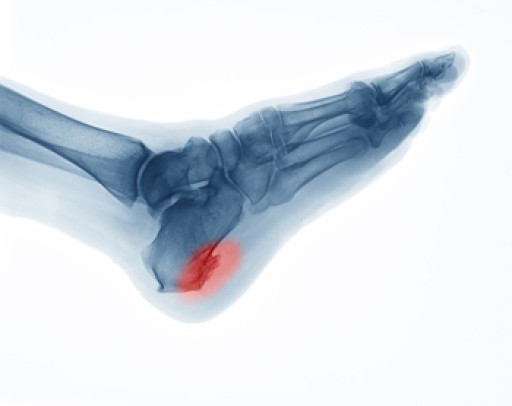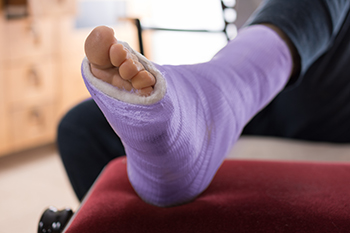
Bones in the feet and ankles are common areas for stress fractures. A stress fracture happens from repeated pressure on a bone. It is this repeated stress that differentiates a stress fracture from a typical broken bone. Runners and dancers are prone to stress fractures of the feet and ankles, especially after an increase in the level of activity. Certain other groups, such as those with osteoporosis, those with abnormalities of the foot structure or biomechanics, and those on certain medications, can have an elevated risk for stress fractures as well. A stress fracture can cause pain that is heightened with weight bearing or when direct pressure is applied to the affected bone. After such an injury, it is important to decrease weight-bearing activities to prevent a more unstable fracture from occurring. Diagnosis of a stress fracture can be difficult because it does not always show up on an X-ray. A CT scan or MRI is more sensitive to picking up these types of fractures. If you feel you might have sustained a stress fracture to your foot or ankle, it is suggested that you see a podiatrist for a proper diagnosis and treatment.
Stress fractures occur when there is a tiny crack within a bone. To learn more, contact Cary Golub, DPM from New York. Our doctor can provide the care you need to keep you pain free and on your feet.
How Are They Caused?
Stress fractures are the result of repetitive force being placed on the bone. Since the lower leg and feet often carry most of the body’s weight, stress fractures are likely to occur in these areas. If you rush into a new exercise, you are more likely to develop a stress fracture since you are starting too much, too soon. Pain resulting from stress fractures may go unnoticed at first, however it may start to worsen over time.
Risk Factors
- Gender – They are more commonly found in women compared to men.
- Foot Problems – People with unusual arches in their feet are more likely to develop stress fractures.
- Certain Sports – Dancers, gymnasts, tennis players, runners, and basketball players are more likely to develop stress fractures.
- Lack of Nutrients – A lack of vitamin D and calcium may weaken the bones and make you more prone to stress fractures
- Weak Bones – Osteoporosis can weaken the bones therefore resulting in stress fractures
Stress fractures do not always heal properly, so it is important that you seek help from a podiatrist if you suspect you may have one. Ignoring your stress fracture may cause it to worsen, and you may develop chronic pain as well as additional fractures.
If you have any questions, please feel free to contact our offices located in Williston Park, and Long Beach, NY . We offer the newest diagnostic and treatment technologies for all your foot care needs.
